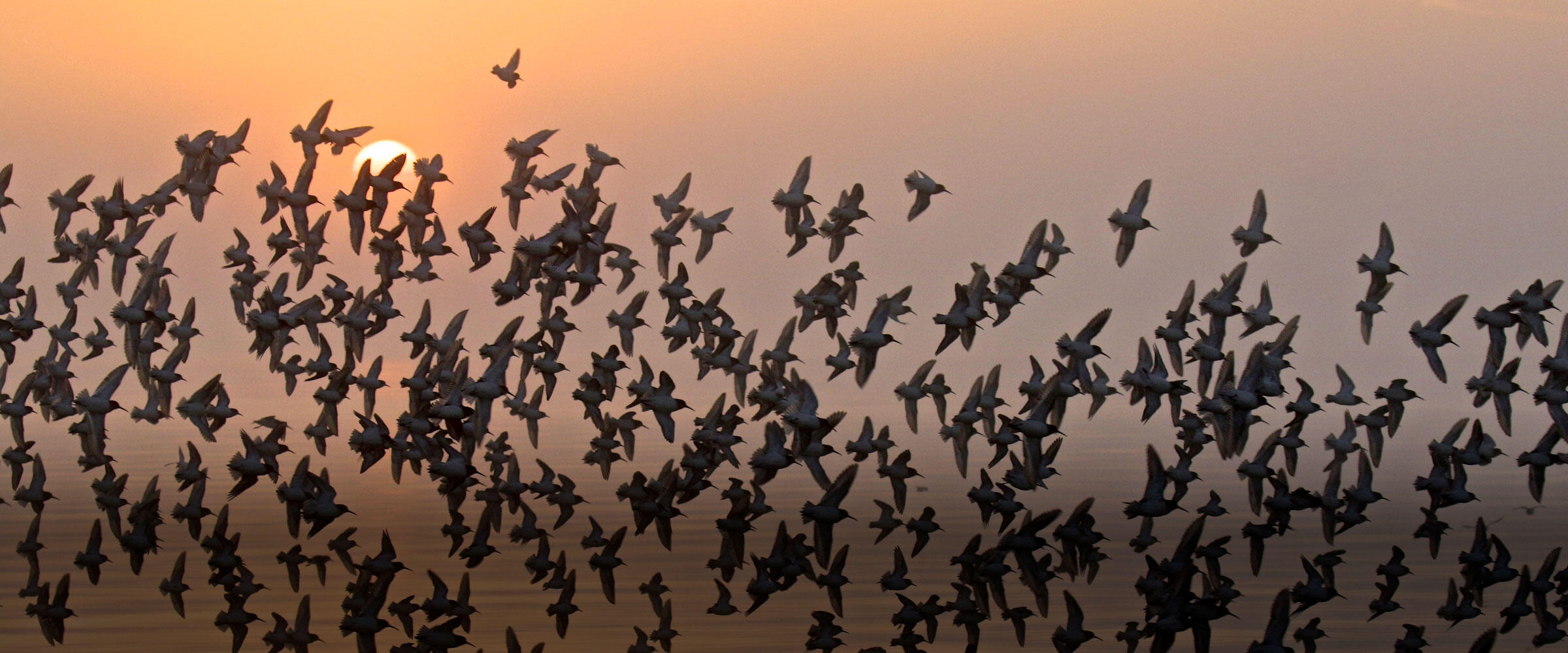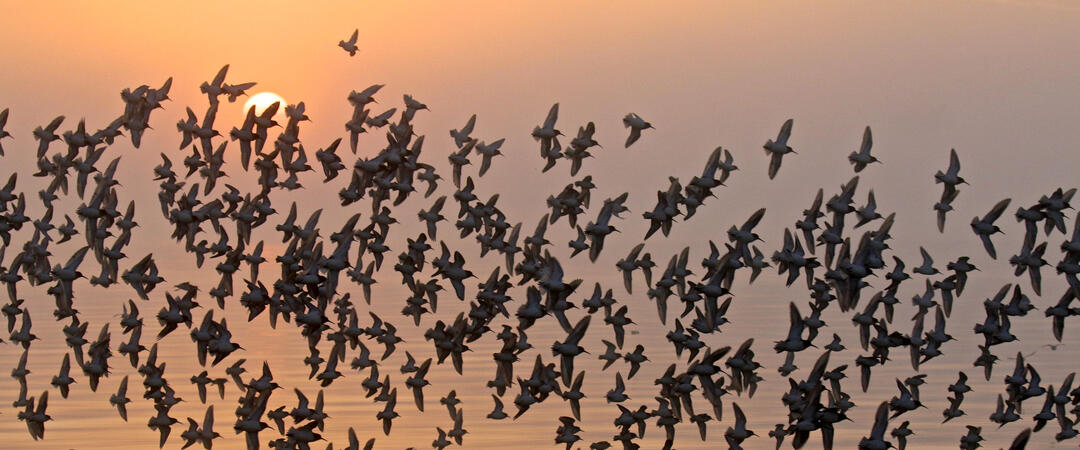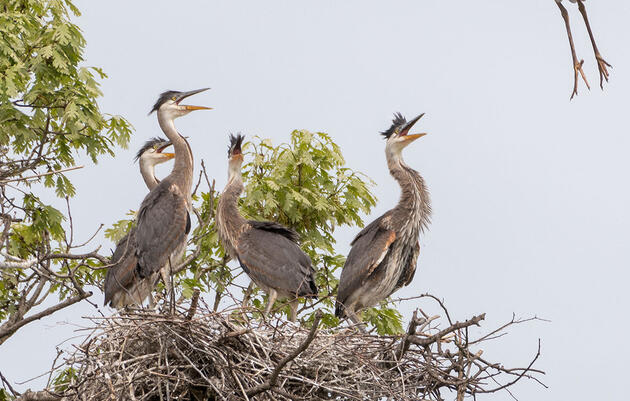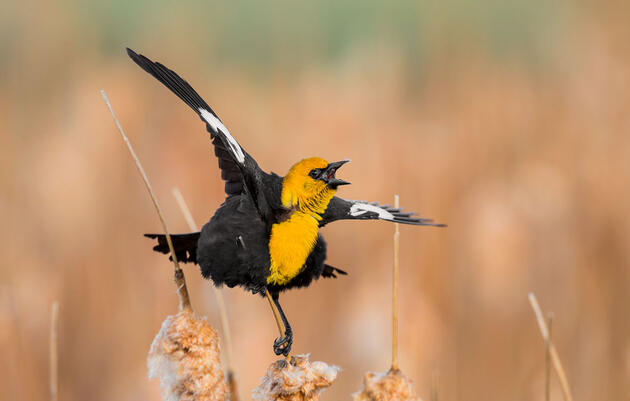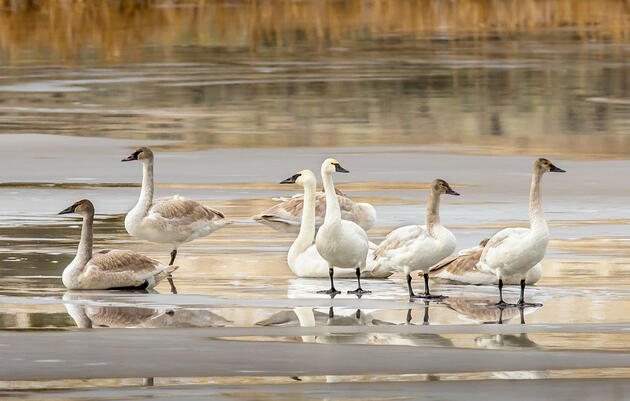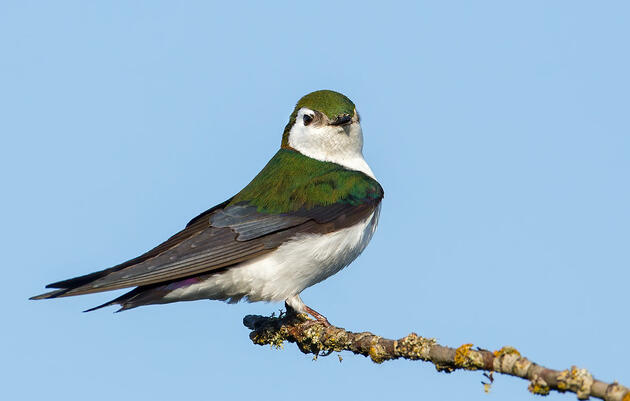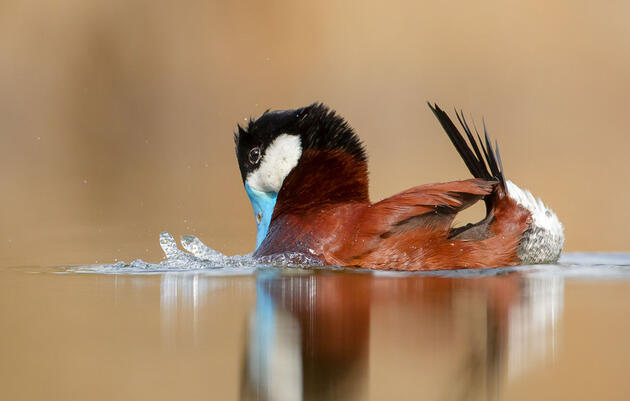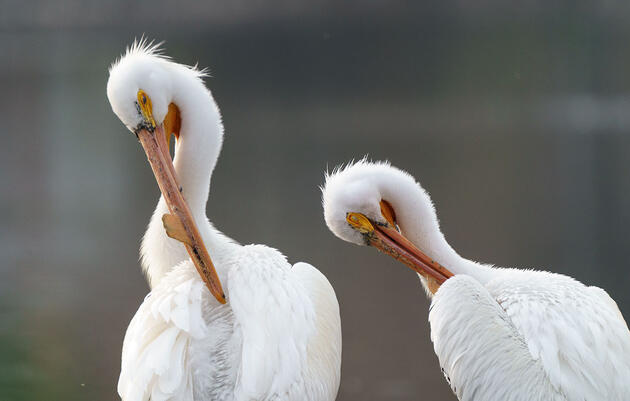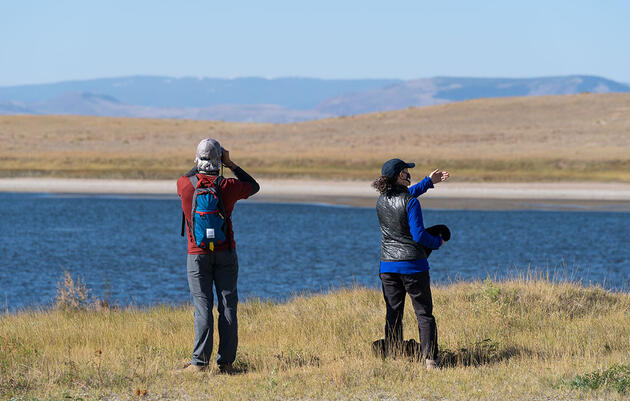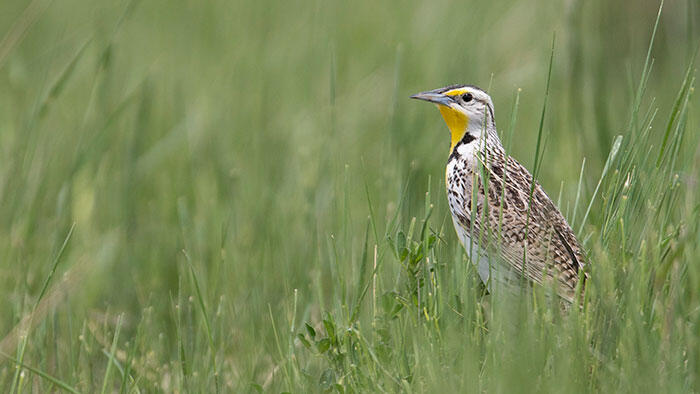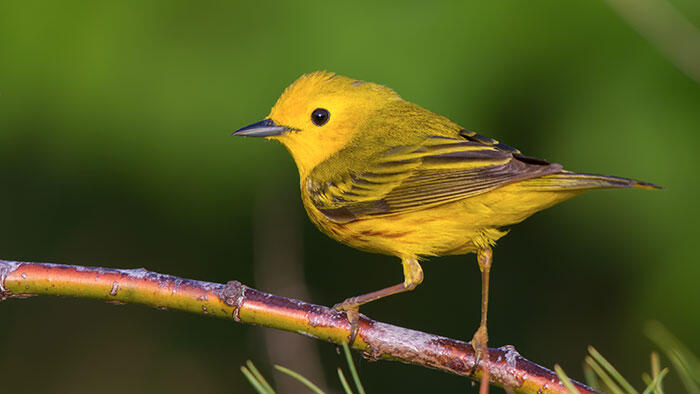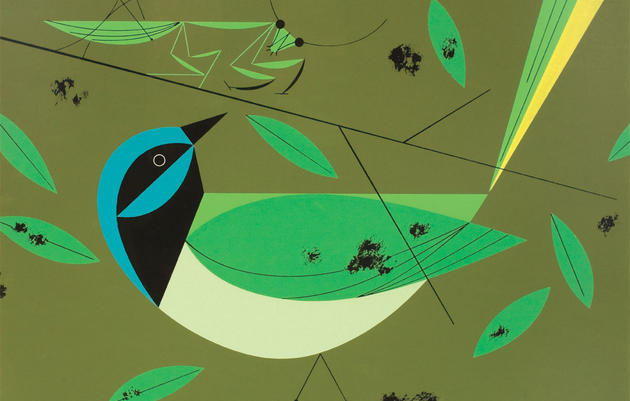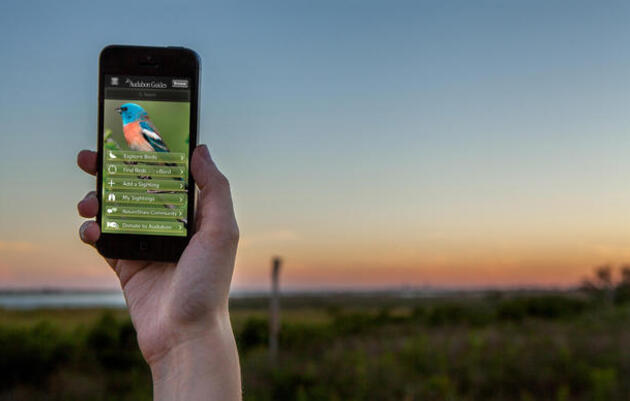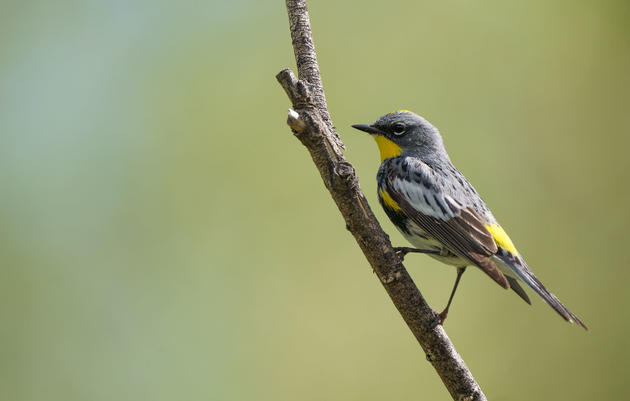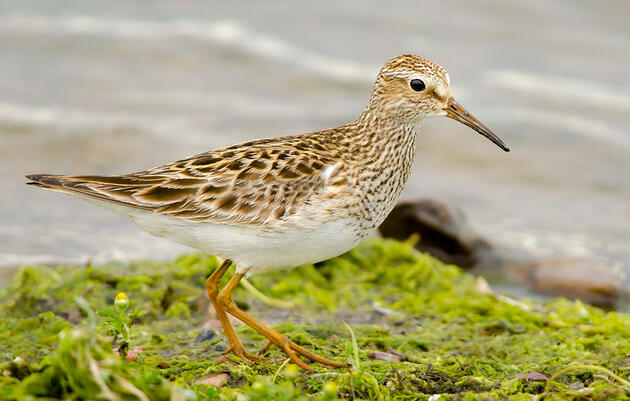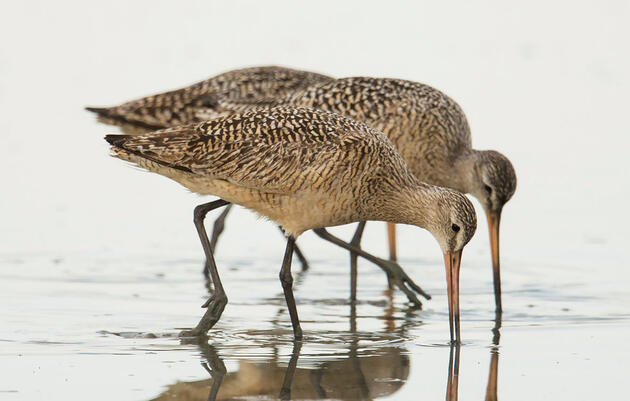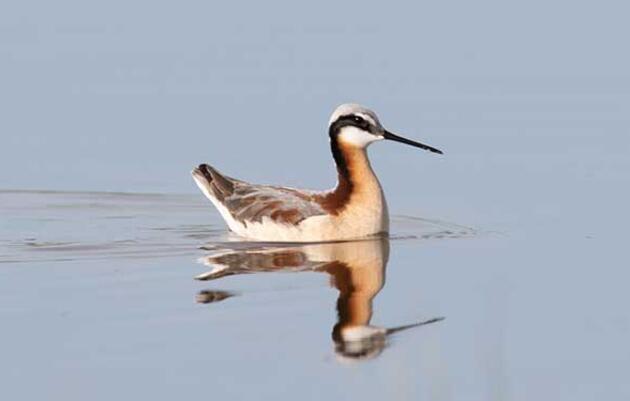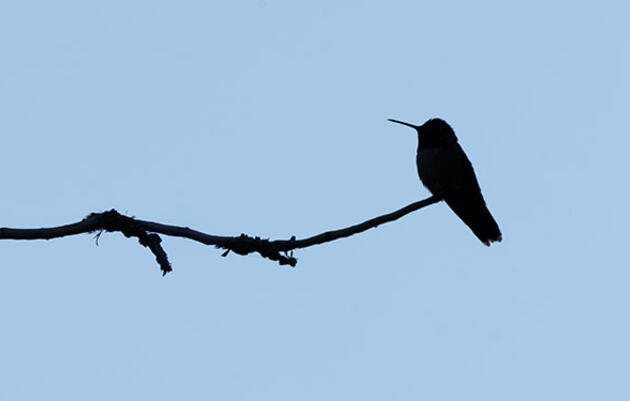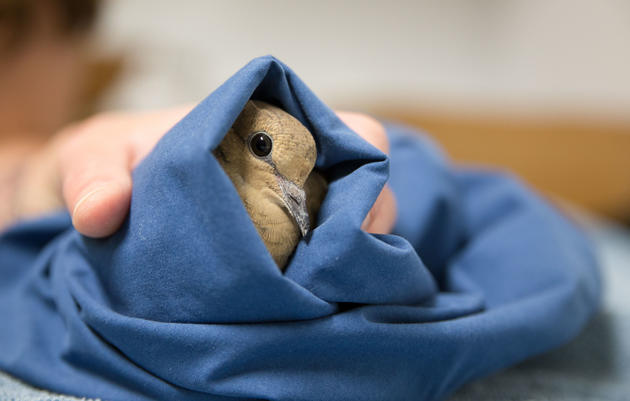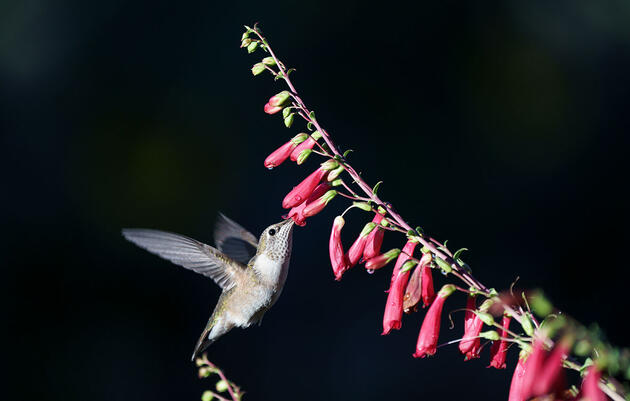Migration is a wonderful time to go birding, especially if you’re new to birds. During the peak, millions of birds stream through Colorado, Wyoming, and Utah, making it easier to find them and see a greater variety. Spring is a particularly good time to birdwatch, when birds are singing and leaves haven’t fully emerged. We hope the resources here help you find migratory birds in the Rockies, identify some of them, and help them migrate safely.
Where to Go Birding
The number of birds isn’t the only thing that makes a place good for birding. It should also be fairly easy to get to, accessible to your physical abilities, and relaxing. Here are some places to go birding recommended by Audubon chapters from around Colorado, Wyoming, and Utah.
Where to Go Birding in Fort Collins
Great places to discover the birds of Fort Collins, Colorado.
Where to Find Birds in Pagosa Springs
A beginner’s guide to bird watching in Pagosa Springs, Colorado.
Boulder Birding Destinations
Favorite bird watching locations provided by Boulder County Audubon Society.
Laramie Birding
A map and descriptions of popular birding locations provided by Laramie Audubon Society.
Where to Look for Birds During Spring Migration
How to Identify Common Migratory Birds in the Rockies
Don’t feel daunted by identifying all the birds during migration. Birding isn’t just about identifying birds; it’s about appreciating them. You don’t need to be an expert in bird identification to enjoy migration! That being said, learning to identify the different species certainly increases the sense of awe that most people feel during migration. Here are some resources to help you get started:
5 Birds that Migrate to the Rockies
How to Identify Birds
Before you judge a bird by its color, use these eight clues to guide you.
The Audubon Bird Guide App
Download our free and complete field guide to more than 800 North American bird species.
Do You Know Your Yellow-Rumps?
A guide to identifying Yellow-rumped Warbler subspecies and their intergrades.
Birds Connect Us
Many birds migrate hundreds or thousands of miles between their winter and breeding grounds. In doing so, they connect us to places and people across the hemisphere. For these birds to survive, we need to protect their habitat at every step of their journeys. Learn more about some of the important places migratory birds depend on in Colorado, Wyoming, and Utah.
Pectoral Sandpiper: Supreme Master of Migratory Movement
Less sandpiper, more grasspiper.
The Marvel and Mystery of Marbled Godwit Migration
The Subtle Beauty of Shorebirds series, July
The San Luis Valley Crane Migration
Experience Colorado's crane migration through the gorgeous photography of a young Audubon member.
What Does Habitat Look Like on a Ranch?
Ranches are home to much more than cows, especially when managed for habitat diversity.
Curlews, Ranching, and Reconsideration
A Wyoming rancher discusses the surprising benefits of an alternative form of grazing.
How You Can Help Migratory Birds
Crossing continents when you weigh less than an ounce is no small feat. Birds face incredible challenges during their migration. Thanks to incredible adaptations they've developed, they’re able to do it under natural conditions, but people have created a lot of additional threats that birds aren’t adapted to. Learn about them and how you can help birds migrate safely through your community.
Lights Out
Did you know that most birds migrate at night? Because of this, their migrations are thrown off by light pollution. Here are three programs with ways for you to help migratory birds:
Bird-friendly Communities
No matter where you live, you can help migratory birds in your community. Here are some easy actions you can take:
Easy Ways to Help Migratory Birds
The Dos and Don’ts of Helping Baby and Injured Birds
Learn how to tell if a bird really needs your help, and what you should do if it does.
How to Make Your Outdoor Home Lighting Bird-Friendly
Learn about shielding lights and other ways to make your outdoor lighting more bird-friendly.

